Once, I was a twelve-year-old girl who played Halo: Reach with her dad. Our basement was musty, but warm and populated by the couches I’d known all my life. I could point out the soda stains. I could crawl under to fix the bad reclining mechanism. An Xbox controller was a UPO (unidentified playing object) in my hands, and I fumbled with the triggers. I dropped it. I tried not to grimace when someone died.
Most video games – especially big titles like Halo – are marketed towards men, and produced with a male player in mind. A young girl like myself playing was probably only a flicker of a thought in the developers’ minds.
I had my own Xbox profile, too. Sci-fi murder isn’t fun unless you get life-long credit attached to your name- and Halo: Reach was a triple-A first-person-shooter. There were a lot of achievement points to earn. I tallied them up at a snail’s pace, but I did get better. The controller didn’t shake as much under my trigger-finger. I could keep track of the map I was exploring as I played. My aim got better, and I found a favourite weapon (the shotgun).
Games that are made for women tend to be aimed at, as Deirdre Coyle describes, “the hypothetical female consumer, imagined by men, whose tastes drive games’ design and marketing to women. She is a white, straight, cis-gendered, able-bodied, middle-class woman who yearns for domesticity and beautification, and whose leisure time exists in five-minute increments.”
It was probably at least a year later before my father deemed me good enough (and old enough) to play online with him. Don’t ask me why. I certainly didn’t feel ready to play with adults I didn’t know, who might be from anywhere in the world, and surely had better aim and reflexes than me. I was shaking again. A timer counted down a few seconds for me. I tried to breathe. The game’s commanding voice announced the playstyle: Slayer. Just kill as many other players as possible. …Four. Three. Two. One.
I booted into the virtual space with nine other players, including my dad. It took me a second to get my bearings. I crept around a corner. Walked down a hallway. Ran past a glass window onto a courtyard. Identified an unsuspecting player backing up towards me. Took him down. To this day, I can still hear the satisfying click of Halo’s shotgun. With each kill, my confidence swelled. I died, of course – and the couple seconds before I respawned was always full of shouting – but I won, too.
News outlets have been telling the community for years that gamers are approximately 50% women and 50% men – and that number has fluctuated but generally has been well-documented. The split is approximately 46% female and 54% male as of this writing. When Halo: Reach came out in 2010, it was 60% male and 40% female.
As we played, notifications dinged onto our screen. They weren’t the familiar ping of an achievement I’d earned; they were friend requests. I assumed the first one was for my dad. After two or three more, we checked up on them. They were for me. We played for a few hours, and I got dozens. Other players we had entered matches with were sending me friend requests – because my username was feminine. My dad didn’t get any. At the time, I was flattered. I think I blushed. I’d go on to have more experiences like this one. Sometimes the attention was friendly, well-meaning, or at least neutral. But sometimes I was asked why I wasn’t cooking dinner. I was the odd girl out in a chatroom full of boys. Every woman in gaming that I’ve met have stories like mine. Why is this the case- if gamers are supposedly so diverse?
The answer lies behind decades of cultural conditioning. Big game developers have ignored their female audience by continuing to create games from a male gaze. These masculine games – while best-sellers among half of their audience – are of limited interest to women. As I’ll go on to show, women have different preferences than men about game genres and play motivations. By focusing on – and over-saturating the market with – games which appeal to men, triple-A developers are losing women in waves.
Mobile producers have picked up the slack – and the profits. Remember the 50% male, 50% female gamers statistic? A vocal minority of men argue that the statistic is only true because the researchers include mobile gamers – many of whom are women. These men say that mobile gamers don’t “count” as gamers, so the “real” statistic should show a lot more male gamers than female gamers. There’s a hidden flaw in this argument, whether or not you believe mobile players to be “real” gamers: women are only playing mobile games so heavily because many male players have made conventional gaming an unsafe environment for them.
Without games designed for them or many female protagonists to enjoy, Meg Jayanth says that women have moved to mobile games instead because they feel excluded from “proper” games. Richard Harris, interviewing Christy Wong-Taylor (Fyber’s Vice President of Supply), reveals that when women leave, they take their buying power with them – in two ways. First, mobile game developers have found that women are 79% more likely than men to make in-app purchases. Second, women generate indirect income since they are so much more likely than men to share content online and promote virality, which Wong-Taylor says, “provides an important edge in the hyper-competitive world of user acquisition in mobile gaming.”

Kidslox
So, developers of triple-A games are missing out. What’s the solution?
It’s already been handed to developers on a platter if they’re willing to listen. Tracy Fullerton and her co-authors, in a book of essays, called Barbie and Mortal Combat: New Perspectives on Gender and Gaming, named and detailed a concept called the “Virtuous Cycle,” which would allow women to enter the “proper” gaming community.
It works in the following steps:
Step One: Women Play Games.
This step is already in progress. Women fall roughly into one of three categories.
- They played non-mobile games but stopped because they didn’t enjoy them and/or felt excluded/persecuted by the community. These women may have moved to mobile gaming instead.
- They play games because they like them, and haven’t been scared away by games not designed for women, the toxic community, etc. These women may play mobile games as well as conventional ones.
- They have never tried conventional gaming, for some reason. These women may play mobile games, however.
The second category of women will proceed through the Virtuous Cycle. The first and third categories are the women which the virtuous cycle hopes to bring back to the gaming community. Theoretically, as the virtuous cycle completes and repeats, there will be more women involved, making the entire endeavour easier.
Step Two: Women Enjoy Games and Decide to Make Game Design or Development Their Career.
The title really says it all for this step. Logically, the women playing video games may decide to follow their passion and make games for a living. Unfortunately, it’s not that easy.
The logic of the virtuous cycle holds up, but the real world is messy in ways that theories don’t always account for. Women who play games and observe the toxic communities may continue to play games but avoid entering the industry (which would mean dealing with harsher stigmas, and constantly). It’s well-documented that game development workplaces involve near-impossible deadlines, overnight work, insane crunch periods, and more. (Check out this essay about an EA employee’s experience.) Women – especially working mothers – may be less willing to endure this environment than men. The examples go on.
A 2019 study found that, among the top 25 video game publishers, the gender gap remains wide. Ratios of women:men ranged from 1:5 developing ‘Super Mario Bros,’ all the way to 1:17 developing ‘Halo.’ These are not trend-breaking numbers. Worldwide, only about 20-25% of gaming industry workers are women.
An article from The Guardian attributes these numbers to the wider technological industry; women face persistent pay gaps, sexual harassment, and toxic work culture. They also approach the Virtuous Cycle’s argument, but in the opposite direction: “[there is a] feedback loop of under-representation in the video games industry. Women are less likely to see themselves represented in games, games advertising or working in games design and development roles. That means they’re less likely to pursue a degree or career, because they don’t feel like they belong.”
So, clearly adding women to game development would force the industry to change in a lot of ways, from workplace environments to game content. We’re ultimately suggesting a major culture shock. To continue the cycle, women in gaming right now must endure these problems to make room and change for the next generation. That’s a lot to ask of anyone.
Step Three: Those Women Make Games Which Appeal to Other Women.
Research by Fullerton’s team suggests that the “inclusion of female game designers tends to result in game designs that appeal to females” since they have a better sense of what women want in a video game.
What do women want in a video game?
Quantic Foundry statistics support Fullerton’s case; women have clear genre preferences compared to men. In Family/Farm Simulation games or Match 3 games, 69% of players are women. Since these game styles can easily be mobile, it lines up with Wong-Taylor’s assessment that women have moved away from traditional gaming into mobile games. After a dip of more than 20%, their next most preferred genres are casual puzzle (42% of players are female), atmospheric exploration (41%), and interactive drama (37%).
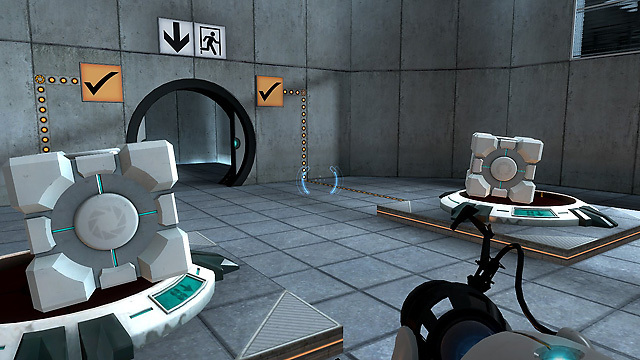
Steam
At the very bottom for women are grand strategy games (7% of players are female), first-person shooters (FPS) (7%), racing (6%), tactical shooters (4%), and sports (2%). Early this year, Forbes published a list of The 20 Best-Selling Video Games of 2019. Most of these 20 games fell into one or more of women’s least-favourite categories. Of the top 5 games, only one (Mortal Kombat 11) didn’t directly fall into women’s bottom choices.
Within their preferred genres, women also show unique gameplay motivations compared to men. When asked what motivates them to play games, “completion,” “fantasy,” and “design” beat the other options by a significant margin. Women least favour “power,” “excitement,” and “challenge” as reasons to game. If you return to the 20 Best-Selling Games of 2019 list, you’ll find that the games there, all popular and well-resourced titles – tend to involve a lot of power, excitement, and challenge.
Beyond this data, women clamor for better female protagonists and characters in video games. Some would simply settle for more women in gaming; at E3 2019, a trade event for video games, only 5% of the games that were showcased featured exclusively female protagonists. However, the quality of these women matters too, or else developers risk perpetuating harmful stereotypes and gender roles on everyone. Feminist Frequency is a YouTube channel founded by Anita Sarkeesian which has grown into a trio of women engaging with feminism in pop culture. In Sarkeesian’s series of videos entitled “Tropes vs Women in Gaming,” (Season 1) (Season 2) she confronts the way women have been portrayed in video game history. She covers:
- Damsels in distress, like Princess Peach
- How women can be used as objects for background decoration or rewards
- Women (often women of colour) included as an “exotic” fantasy for the player (who is assumed to be male)
- The trend of female sidekicks, instead of female protagonists
- Women who use their “feminine wiles” to seduce the male protagonist
- The excuse often cited by male developers and players that women are “too hard to animate”
- Lingerie passing as armour on female characters
- How the male gaze affects the camera angles in a game, which can hover on, or unnecessarily include, women’s breasts or buttocks (among other things)
- The female copies of male protagonists, like Mrs. Pacman
Sarkeesian insists that, whether women playing games are aware of some, none, or all of the tropes Sarkeesian covers, women will a) enjoy video games less, and b) internalize certain outdated gender views. Women like Becky Chambers echo Sarkeesian’s ideas in articles across the internet.
The Virtuous Cycle is the angel-on-our-shoulder, reminding us that, as more women enter the industry, the quality of female-marketed games and female characters will improve.
Step Four: Thus, More Women Join the Video Game Industry.
Step four is where you see the circle’s curve. As more women create games for other women, more women will play video games, and then be inspired to make video games yourself. Theoretically, we’re progressing (slowly) through this cycle right now.
One of the ways that some organizations choose to bring women into the gaming workforce is by encouraging them to study it at University or College. More women studying game development – or a related field – definitely helps, but interest has been spotty. 88% of students on video games courses were male in 2017-18. There is some hope, though; the percentage of women studying video game design grew from 7% in 2014-15 to 11.5% in 2017-18. And certain programs have had unexpected success! At the London College of Communication’s moving image and digital arts program (games design, virtual reality, and animation) more than 50% of students are now women. At New York University’s “Game Centre,” Naomi Clark (a game designer and professor) says that about 50% of their applicants are women.
Unfortunately, one article by Gamasutra explains why a rise in women entering the gaming industry does not necessarily mean that they make it to the top. “…[A]ll of those hiring programs are just churning those developers through the system and claiming success, before spitting them back out into the world just a few years later. As it turns out, ‘The Boys’ Club doesn’t disband just because you hire women.’ The reasons women leave can be difficult to see, from the perspective of HR or company leadership, because nobody wants to burn bridges in their exit interviews. So it often just ‘seems’ to ‘coincidentally’ happen that women trickle away over time.”
Step Five: Cycle Repeats.
In an ideal world, at this point, the Virtuous Cycle would repeat. Has it really been working?
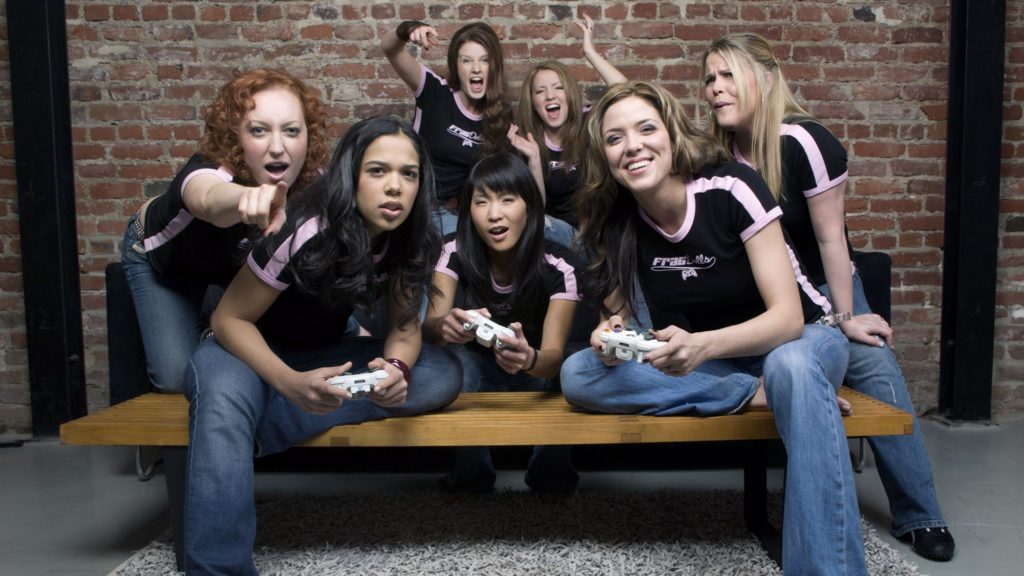
Medium
Though there’s reason to believe women have made positive strides in the gaming industry in the last decade or two, for many people – myself included – the progress seems slow, minimal, and barely won by the skin of our teeth.
TLDR; What might be hindering the Virtuous Cycle?
- Toxic work environments at video game companies which may do one or more of the following:
- Alienate and/or insult female employees with sexist language or treatment
- Exclude female employees from the “boy’s club”
- Ignore or insufficiently investigate the sexual harassment or assault of women under their employ
- Require all employees to endure stressful working conditions (tight deadlines, overtime, etc.) which no one should be forced through, but women particularly may be less inclined to put-up with (due to family obligations, other stresses making their job not worth the pain, etc.)
- Hiring programs meant to show success in the short term, but with little intention or dedication to keep women on their team in the long-term
- Women who chose not to speak up (for a number of understandable reasons) to their HR department about why they are leaving the company – leading to inappropriate language/behaviour going unreported
- Game development programs are (usually) mostly made up of men, which:
- Can be discouraging for young women who want to begin the program
- May mean young women who do join the programs ultimately struggle with sexism, assault, harassment, etc. before even entering the workplace
- Most games which are being developed at the time of this writing for young people use gameplay motivations and genres which men prefer, and women do not, ultimately discouraging girls and women from starting to game as a hobby
It may feel frustrating to skim that list and realize: “well, there’s nothing I can do about most of these problems.” You’d be right.
But if you’re a gamer, you can spread the word. You can start pressuring your favourite developers to do more. We can’t fix these hindrances directly, so we need to catch the ear of the people who can. Because, whether or not it is ethical to encourage women to play video games, it is undoubtedly lucrative. Meg Jayanth and mobile gaming’s successes prove that. If there’s one language that game developers speak, it’s profit margins. Instead of ending games on cliff-hangers and asking players to buy DLC to find out what happened, or making microtransactions so addictive that some legislators deem them to be gambling, earn your revenue the good ol’ fashioned way. Namely, make video games for your audience. Your female audience. Win back those who’ve been scared away into mobile games. Hire women into key positions to design games for the audience they know best: themselves. Invest in women, and women will invest in you. The whole community flourishes.
Here’s to the Future
I still love Halo. My boyfriend and I have been playing through all the main series games together, in anticipation of Halo Infinite (the newest release) which comes out later this year. I still use the shotgun. But I don’t play online anymore.
I do play a lot of Animal Crossing: New Horizons (AC:NH). I used to watch my mom play old Animal Crossing games, back when I was almost too young to remember. I got the game at the beginning of March, and – as of this writing – I’ve logged over 600 hours.
AC:NH has been a healing experience for me. Whether it was intended to be or not, Animal Crossing’s playstyle heavily favours women over men. “Completion” and “design,” which women described as a few of their main reasons to play games, are basically all that Animal Crossing is. My boyfriend didn’t think it would be “his thing” … until he started playing it on my Nintendo Switch every day. After two weeks, I made him buy his own copy.
It was a while before I dared to play online. AC:NH allows you to visit other players’ islands, and there are lots of people on the internet willing to let you come over. At first, I told myself that I didn’t want them to see my messy, beginner player’s island. I compromised and let myself go to other people’s islands instead. Though each interaction was brief, I began to warm up to other players.
The Animal Crossing fandom is notoriously wholesome, and the arrival of AC:NH didn’t change that. I met players who shared tips with me about the game, shared resources with me for free, or were just generally kind and cheerful when I visited them. There was no enemy to kill, no goal to accomplish, and no expectation of me as a player to have achieved anything.
Healing is a long process. AC:NH just took me along the first steps. Men like my partner were playing a game I viewed as so intrinsically feminine. Multiplayer features didn’t involve a competition where I had to match up to my male counterparts. I met hundreds of other women playing a video game.
Nintendo may have cracked the code: in their most recent quarter (April through June of 2020) their operating profit jumped 428 percent. AC:NH has sold 22.4 million units in less than five months, making it their second-best-selling game, only just behind Mario Kart 8 Deluxe (which sold 26.74 million units after three years). Did they realize the audience that they’d been sitting on all along? Is that what blew up AC:NH’s sales so exuberantly?
Time will tell.

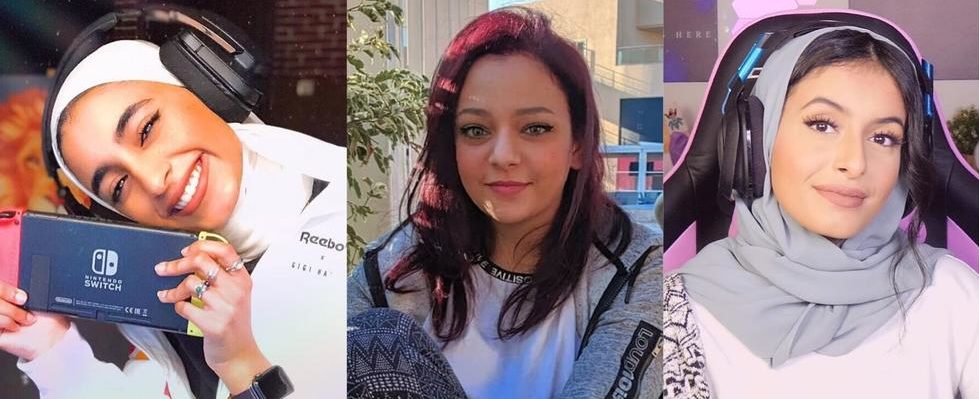

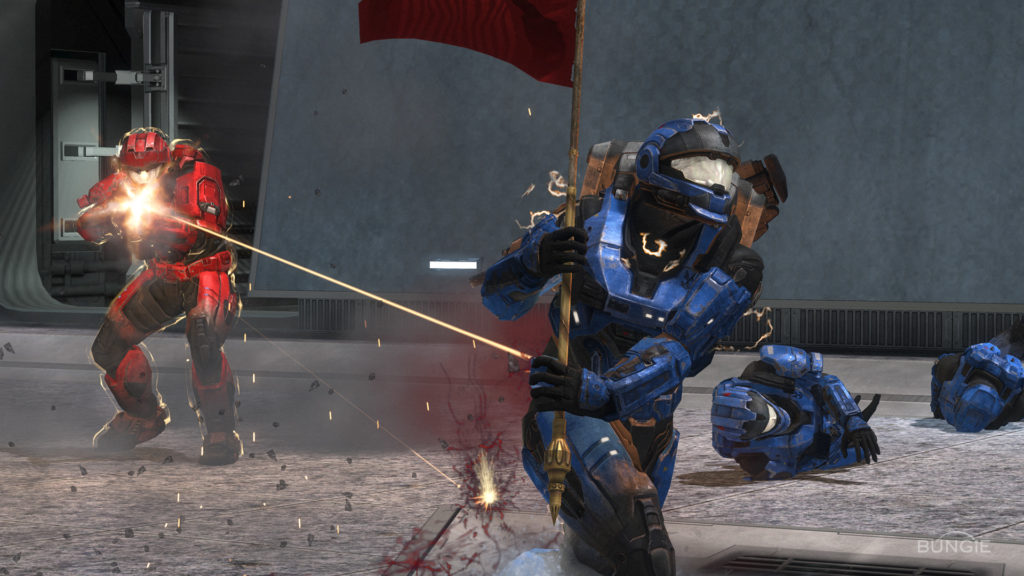
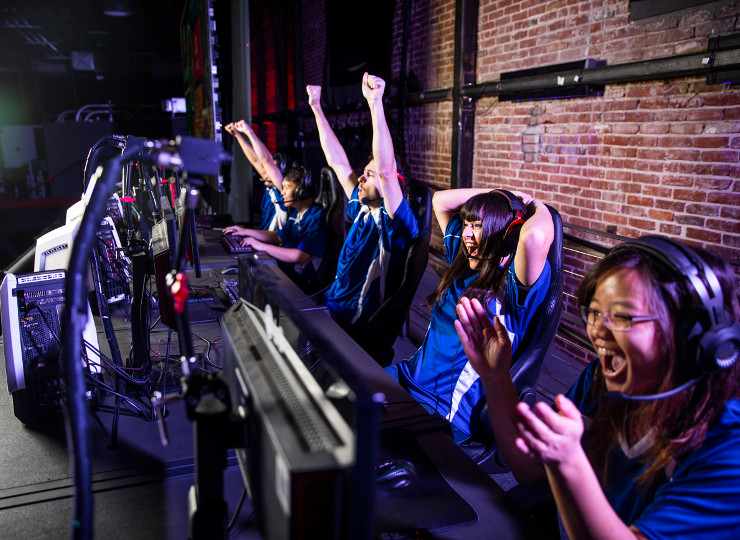

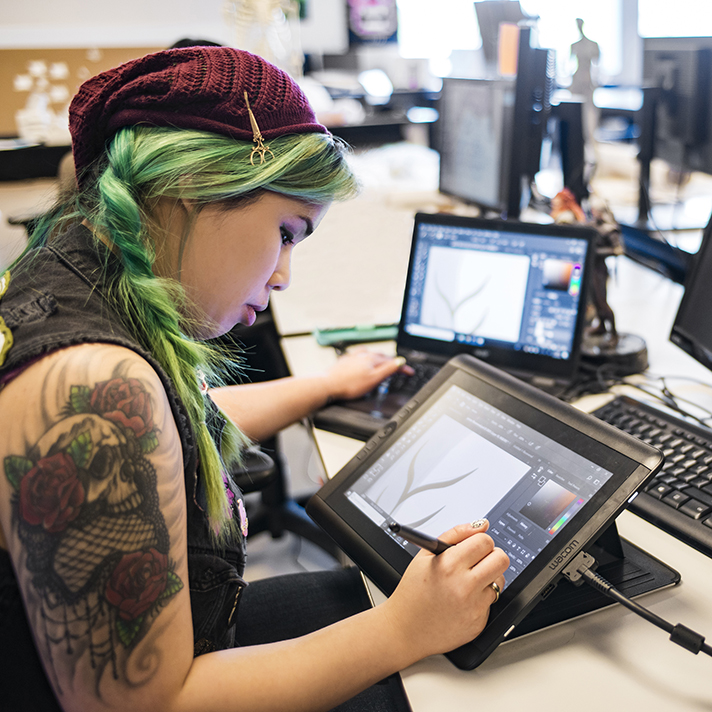


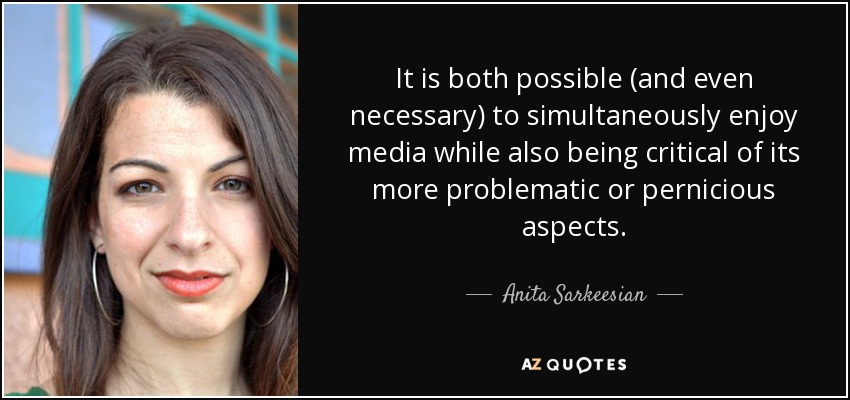



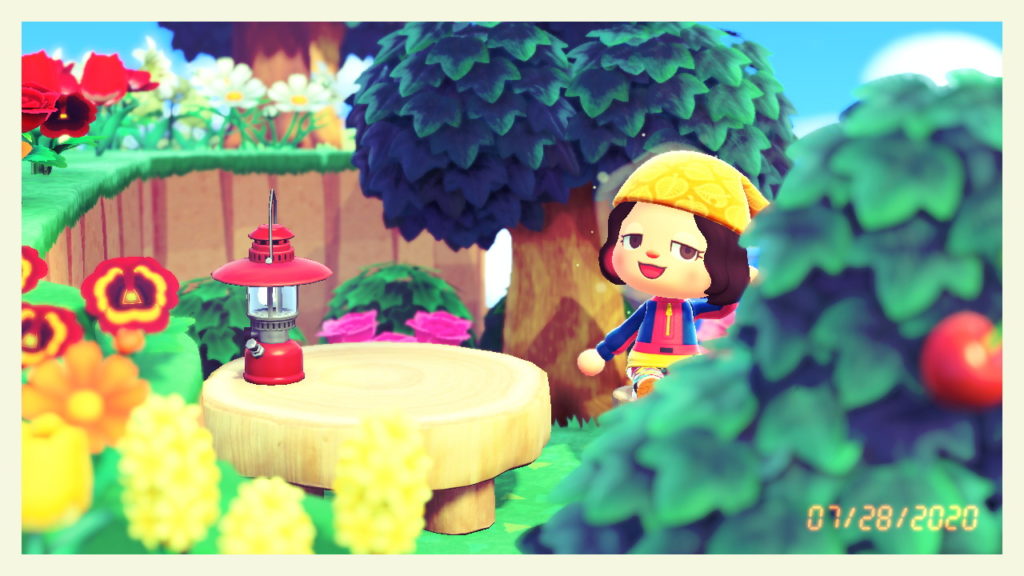




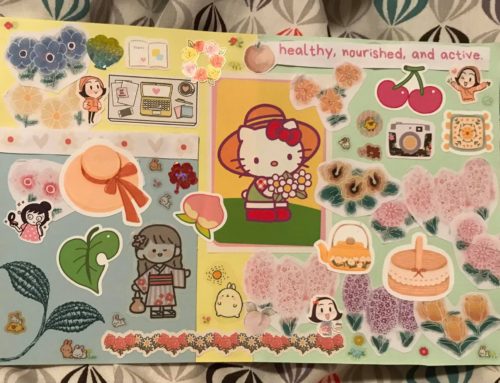
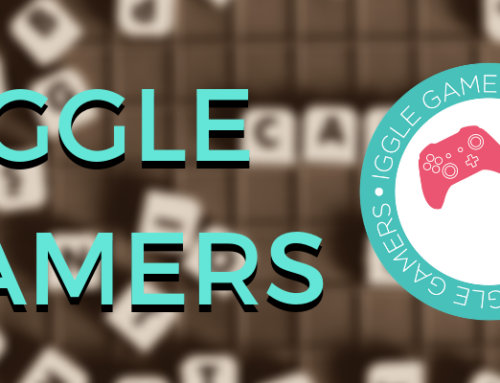
Leave A Comment
You must be logged in to post a comment.